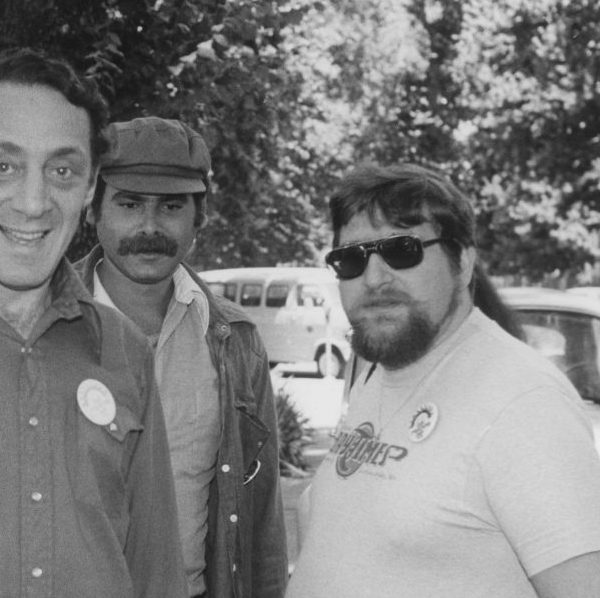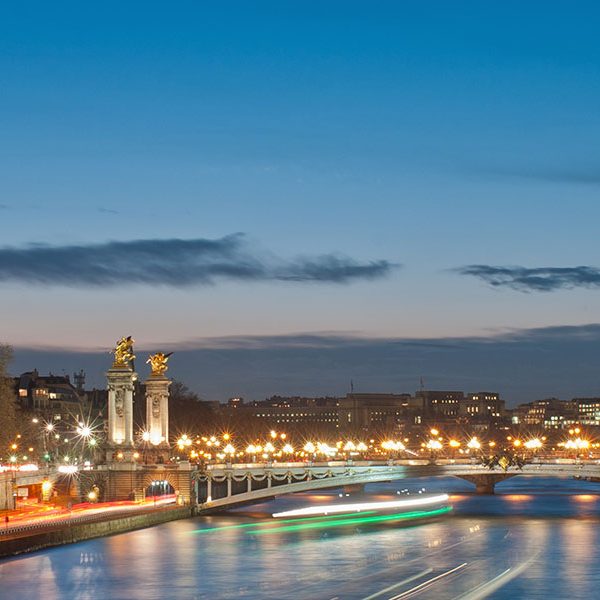A Conversation with Nicholas Roe on John Keats
 While John Keats may often be remembered today as the quintessentially tragic Romantic figure, Nicholas Roe explains in his recent biography, John Keats: A New Life, that the reality of the celebrated poet’s character was far more complex. Keats’s life was dogged by insecurities, sexual frustration and drug use, and many of these tendencies can be explained with reference to the factors in his environment. We recently sat down with Roe to talk about Keats’s use of narcotics, the effect of geography and, in particular, London on his work, the parallel between Keats and Bob Dylan, as well as Roe’s own take on the poet’s character.
While John Keats may often be remembered today as the quintessentially tragic Romantic figure, Nicholas Roe explains in his recent biography, John Keats: A New Life, that the reality of the celebrated poet’s character was far more complex. Keats’s life was dogged by insecurities, sexual frustration and drug use, and many of these tendencies can be explained with reference to the factors in his environment. We recently sat down with Roe to talk about Keats’s use of narcotics, the effect of geography and, in particular, London on his work, the parallel between Keats and Bob Dylan, as well as Roe’s own take on the poet’s character.
Yale University Press: What was the most surprising thing you encountered while writing A New Life?
Nicholas Roe: The uncanny Keats. Having encountered him once myself in the doorway of Keats House, Hampstead – he was red and gold in colour – I was surprised to find how he was said to be in places twice when we only know of one occasion. We know that Keats and Charles Brown called at the Letterfinlay Inn during their tour of the Scottish Highlands, August 1818, then passed on to Inverness. When questioned later the innkeeper said that Keats had been there twice. Likewise we are aware of Keats’s visit to Teignmouth in the rainy spring of 1818, but C. W. Dilke said that he had been there on two occasions. Brown mentions Keats’s favourite Devon’ – which implies more than one visit, and to different parts of that ‘slipshod County’. Then, again, there are Keats’s various migrations around the south of England: as I suggest in my biography, he often seems to have been following some strange homing instinct, zeroing-in upon local Keats residents and associations.
YUP: You describe Keats as a man of great ambition, one who is “scarcely content to write the best verses for the fever they leave behind.” What do you think inspired John Keats?
NR: Lack. Dispossession. Loss of entitlement. The need to supplant his silence about his forebears and earliest years with poetry loaded with verbal richness. He wrote, as he told Richard Abbey, ‘to get a living’.

YUP: Why is the issue of Keats’ use of narcotics so controversial?
NR: I think because many readers and admirers of Keats have a strong personal investment in their own ideas of who and what he was as a man and a poet. Those ideas do not usually embrace my surmise that the lovesick ‘Bright Star’ was certainly dosing himself with laudanum, mercury and other drugs from autumn of 1817. Recourse to laudanum as a panacea or painkiller was so routine at that time as not to be worth comment – a situation that raises intriguing questions about why what was thoroughly ‘normal’ should be noticed in a biography. What does demand investigation is what happens when a commonplace, such as laudanum, comes into contact with the mind and feelings of a creative genius like Keats – or Coleridge, or De Quincey. I find nothing ‘reductive’ or limiting in the actuality that Keats seized upon laudanum as a way into the imagination, or that laudanum may have inspired the strange world of a poem such as ‘La Belle Dame Merci’ or the haunting presences of his ‘Ode on Indolence’ – first and greatest of his 1819 Spring Odes. It’s intriguing to note that when a lock of Keats’s hair was subjected to a forensic analysis, in the 1980s, it apparently showed traces of a ‘massive’ intake of opium.
YUP: In the New York Times you describe a vision of – “a less intellectual or philosophical Keats, and a poet who is close to the mystical aspects of Romantic tradition associated with Blake, Baudelaire, Coleridge, De Quincey, Yeats, Huxley, and Bob Dylan.” Could you elaborate on the ways in which Keats is similar to those mercurial talents?
NR: All of them are shape-shifters, impossible to track, predict or pin down. Like Bob Dylan, Keats’s creativity works a constant change between forms, voices, genres, kinds of writing. I liken his letters on the Scottish tour to a kind of ‘one man stage show’ in which Keats adopts different personas, voices, moods in a performance for his readers – who he was sure would extend to posterity.
YUP: There is a strong sense of geographical (Bedlam) and familial (Uncle John Jennings) context in your reading of Keats’ early life. Do you see a vision of Keats’ emerging as man with an intrinsic interest in the physical world? Did his geography affect Keats’ writing, for example?
NR: Lord Byron thought that Keats was always ‘frigging his imagination’ – wallowing in adolescent fantasy – and more sympathetic critics have seen Keats inhabiting a realm of pure imagination. My biography reveals the extent to which Keats was a ‘grounded’ poet, that the untrodden regions of his mind are linked to the physical world through which the poet actually walked. Geography fascinated him. He was drawn to the idea of exploration of new worlds, new universes, but his immediate locale was just as exciting. Keats’s prose poem ‘A Now’, written with Leigh Hunt, is the most compelling expression of his suburban imagination.
YUP: You mention the “hullabaloo when Stephen Twigg defeated Michael Portillo in 1997” and the similarity of that moment to the revolutionary feel of Enfield in 1774. How different was Keats’ London from ours today?
NR: Enfield indeed. Politically I think Keats’s London was very similar to London 2012 – widespread disenchantment with a high-handed and inept political establishment. Economically depressed, and wearied by a long war abroad. No wonder Keats took pleasure in the idea of Scottish nationalists like William Wallace and Robert Burns, and set off to discover Scotland for himself.
YUP: Why are modern readers continually drawn towards Keats, almost 200 years after his death?
NR: Because he lives on in his poetry, letters, and Keats House Hampstead.
Nicholas Roe is a professor of English at the University of St. Andrews. He is the author of numerous biographical and critical works on writers of the Romantic period and currently resides in Scotland. Read more about his academic work on his personal website.




